The Automotive industry is pinning positive hopes from the Union Budget 2020 to be presented in the parliament on February 01, 2020, by Union Finance Minister Nirmala Sitharaman.
Ashish Bhatia
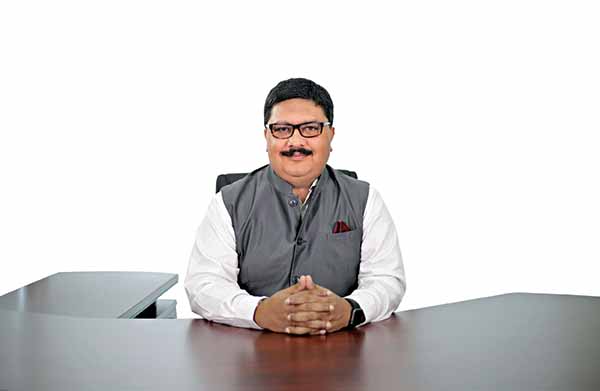
“The budget may strike a balance between fiscal discipline and addressing the current economic slowdown.” Naveen Soni, Senior Vice President, Sales & Service, Toyota Kirloskar Motor
According to Naveen Soni, Senior Vice President, Sales & Service, Toyota Kirloskar Motor the upcoming budget is expected to further strengthen the structural reforms which will augment well for the fundamentals of Indian Economy. Averred Soni, “The budget may strike a balance between fiscal discipline and addressing the current economic slowdown. We would like the budget to spur demand without putting any additional burden on the Government exchequer.”
The Union Finance Minister will particularly be expected to factor in the forecast of growth in emerging and developing Asian markets.

“As SIAM we have urged the Finance Ministry to consider announcing an incentive-based Scrappage Policy and also increase budget allocation for ICE bus procurement by state transport undertakings. Rajan Wadhera, President of the Society of Indian Automobile Manufacturers (SIAM)
The growth forecast is expected to inch up marginally from 5.6 per cent in 2019 to 5.8 per cent in 2020 and 5.9 per cent in 2021 (0.2 and 0.3 percentage point lower for 2019 and 2020 compared to the October WEO). The growth markdown is known to largely reflect a downward revision to India’s projection, where domestic demand has slowed more sharply than expected. The slowdown is attributed to stress in the nonbank financial sector and a decline in credit growth. Expressed Rajan Wadhera, President of the Society of Indian Automobile Manufacturers (SIAM), “As SIAM we have urged the Finance Ministry to consider announcing an incentive-based Scrappage Policy and also increase budget allocation for ICE bus procurement by state transport undertakings.” “Increased cost of BSVI may affect demand, hence we have also requested Government to reduce GST rates for BSVI vehicles effective 1st April from 28 per cent to 18 per cent,” he added.

“We are hopeful that the Government would consider our long-standing recommendation of 18 per cent GST on all auto components as also extend impetus to R&D and indigenous technology development.” Deepak Jain, President, ACMA
Added Deepak Jain, President, ACMA, “The automotive industry accounts for almost half of India’s manufacturing economy, while the component industry accounts for a quarter. We are hopeful that the Government would consider our long-standing recommendation of 18 per cent GST on all auto components as also extend impetus to R&D and indigenous technology development.”
Mentioned Ayush Lohia, CEO at Lohia Auto Industry, “I expect the government to ensure that they instruct the retail banks to provide finance for electric vehicles, perhaps at a lower rate than Internal Combustion Engine (ICE) units.” Speaking on the GST collection on components, added Lohia, “I expect the government to refund the GST collected from whatever components the auto companies are currently purchasing.” Lohia additionally called for a GST rate cut on batteries from 18 per cent currently both on Lithium-ion and Lead-acid batteries down to five per cent to bring it at par with the GST levied on chargers.
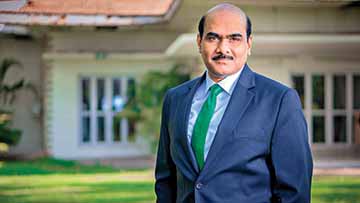
“For the component manufacturer’s like us stability in steel prices is also important so that growth trajectory can be sustained.”Harsha Kadam, CEO & President – Industrial Business, Schaeffler India.
Drawing attention to the input prices, Harsha Kadam, CEO & President – Industrial Business, Schaeffler India mentioned, “For the component manufacturer’s like us stability in steel prices is also important so that growth trajectory can be sustained, and profit can be passed on to end consumers.” Optimistic of the Budget announcements, Kadam expressed hope in the government announcing a clear roadmap and model on the required infrastructure to support last year’s budget initiatives in this year’s budget.
Notably, the Union Budget 2020 also comes at a time when global growth is projected to rise from an estimated 2.9 per cent in 2019 to 3.3 per cent in 2020 and 3.4 per cent for 2021. The estimates are a downward revision of 0.1 per centage point for 2019 and 2020 and 0.2 for 2021 as against the projections made in the October World Economic Outlook (WEO). The downward revision primarily reflects negative surprises to economic activity in select emerging market economies, notably India. It is said to have led to a reassessment of growth prospects over the next two years. Reflecting on the corporate tax rate cut along with a reduction in GST on electric vehicles as welcome steps initiated by the government last year, mentioned P Srinivasavaradhan, President, TVS Srichakra Ltd., that for the coming year the government must address the supply-demand gap in natural rubber, a critical raw material of the tyre industry on priority basis.

Steps to curb rising raw material and fuel prices will aid both vehicle manufacturers and auto component makers.” P Srinivasavaradhan, President, TVS Srichakra Ltd
“We request the government to reconsider the GST component in tyre pricing, also relook at relaxation in GST for two-wheelers.” “Steps to curb rising raw material and fuel prices will aid both vehicle manufacturers and auto component makers in the long term,” he added. Srinivasavaradhan further called upon for the need to focus on areas like strengthening the required road and transport
Infrastructure besides urging the government to look at steps to revive the rural economy to help the automotive industry to tackle the current slowdown. Besides looking at steps to improve the supply of goods and services, he additionally urged the government to take steps to increase the demand by making more liquidity portion available in the hands of consumers if the government were looking at improving overall sentiment.
The automotive sector in India can also take respite from the global market sentiment being boosted by tentative signs that manufacturing activity and global trade are bottoming out.

“There is a need to push forward long-pending reforms and revive demand but also be fiscally prudent. With the auto industry facing an unprecedented slowdown, we are looking forward to demand-side measure that will pull the economy out of the slump and provide much-needed relief to the sector and revive consumption.” Sharad Malhotra, President – Automotive Refinishes and Wood Coatings, Nippon Paint India
Opined Sharad Malhotra, President – Automotive Refinishes and Wood Coatings, Nippon Paint India that he expects the Union Budget 2020 to walk a tightrope. “There is a need to push forward long-pending reforms and revive demand but also be fiscally prudent. With the auto industry facing an unprecedented slowdown, we are looking forward to demand-side measure that will pull the economy out of the slump and provide much-needed relief to the sector and revive consumption.” “The auto industry is gearing up for implementation of BS-VI norms in 2020 and we are hopeful that demand will crawl back up from the second half of the year. We are also hopeful of a lower GST rate for vehicles that will improve consumer sentiment and stimulate demand,” he added.
A broad-based shift toward accommodative monetary policy, intermittent favourable news on US-China trade negotiations, and diminished fears of a no-deal Brexit are also believed to have led to a marginal retreat from the risk-off environment. The early signs of stabilisation are expected to persist and eventually reinforce the link between still-resilient consumer spending and improved business spending with additional support expected to come from fading idiosyncratic drags in key emerging markets like India coupled with the effects of monetary easing. As per the WEO report, downside risks, however, remain prominent. Rising geopolitical tensions, notably between the United States and Iran, intensifying social unrest, further worsening of relations between the United States and its trading partners, and deepening economic frictions between other countries could weigh in on the Unioin Budget 2020. These global macroeconomic parameters could also weigh in on the budget allocations in the Indian context. Building financial resilience, strengthening growth potential, and enhancing inclusiveness remains overarching goals are applicable not just for global economies but India too and are expected to be the building blocks of Union Budget 2020.



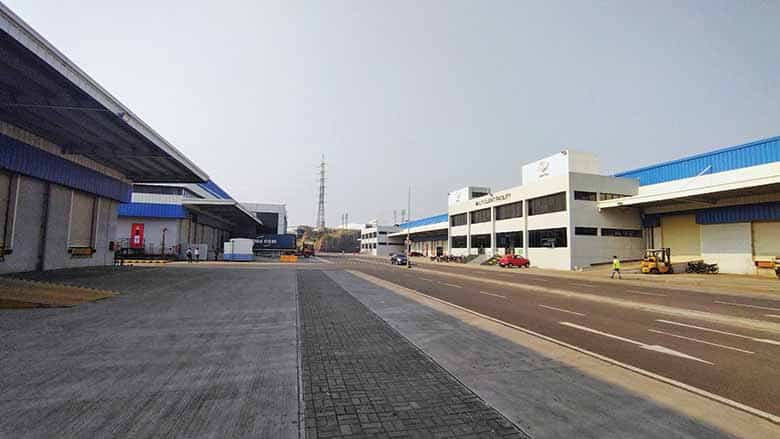


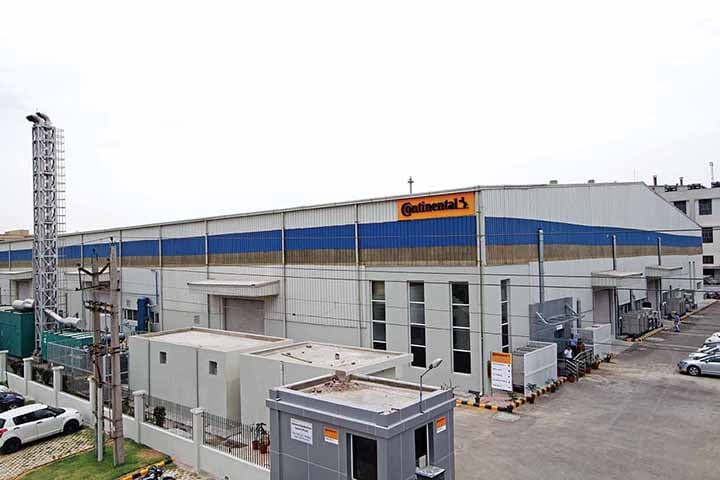





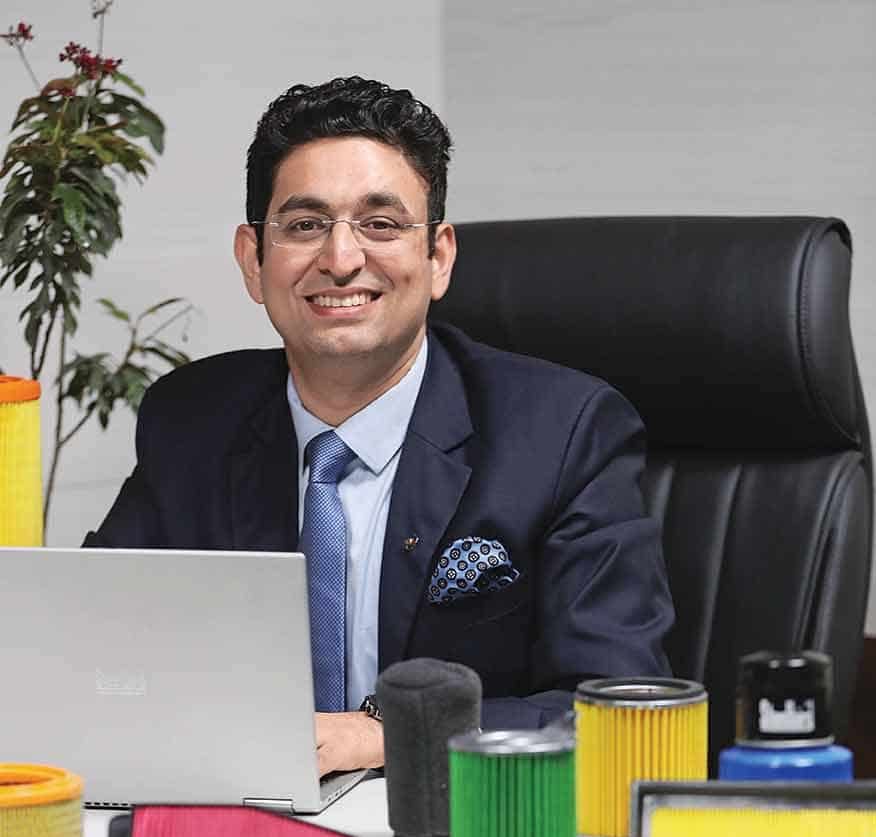

Leave a Reply